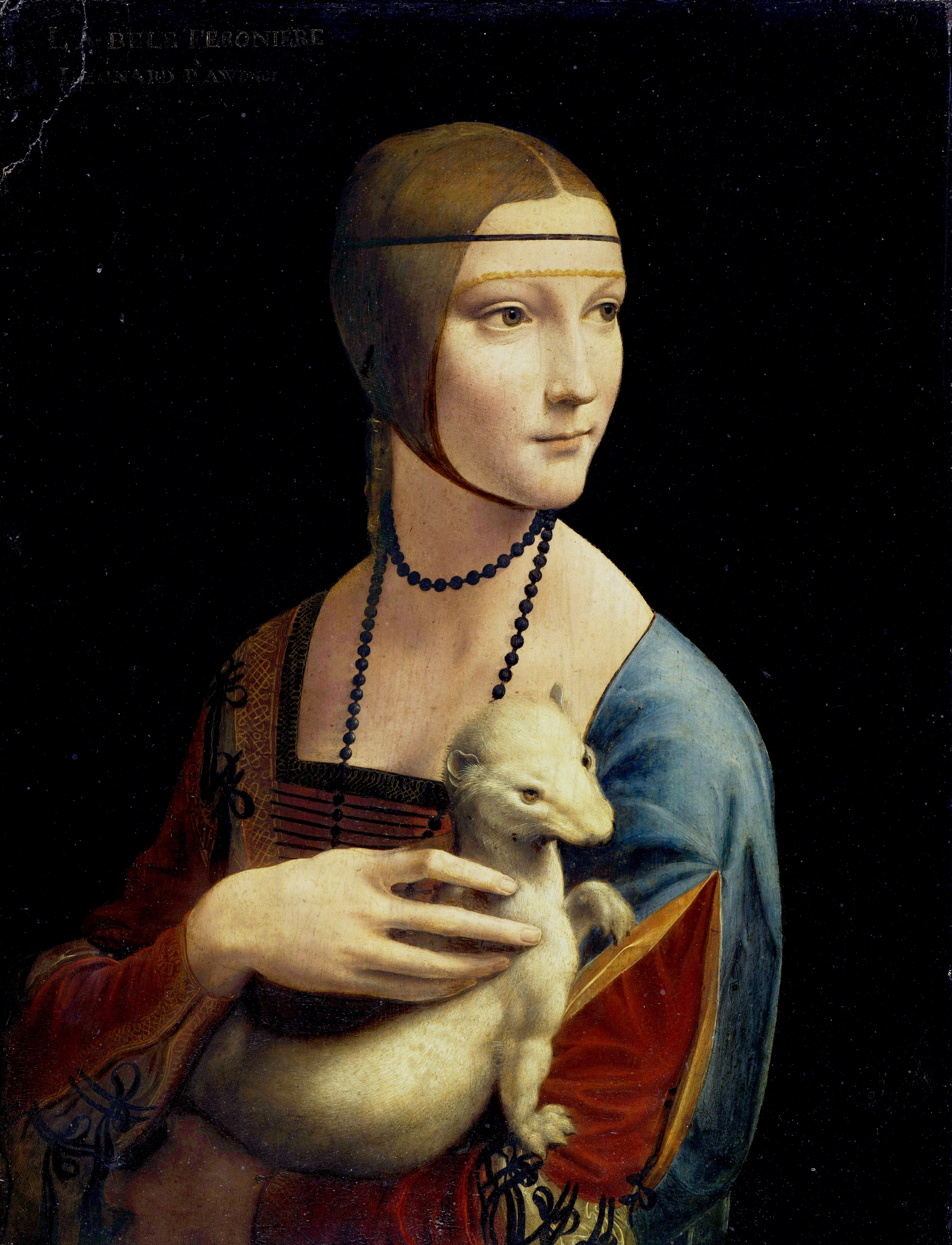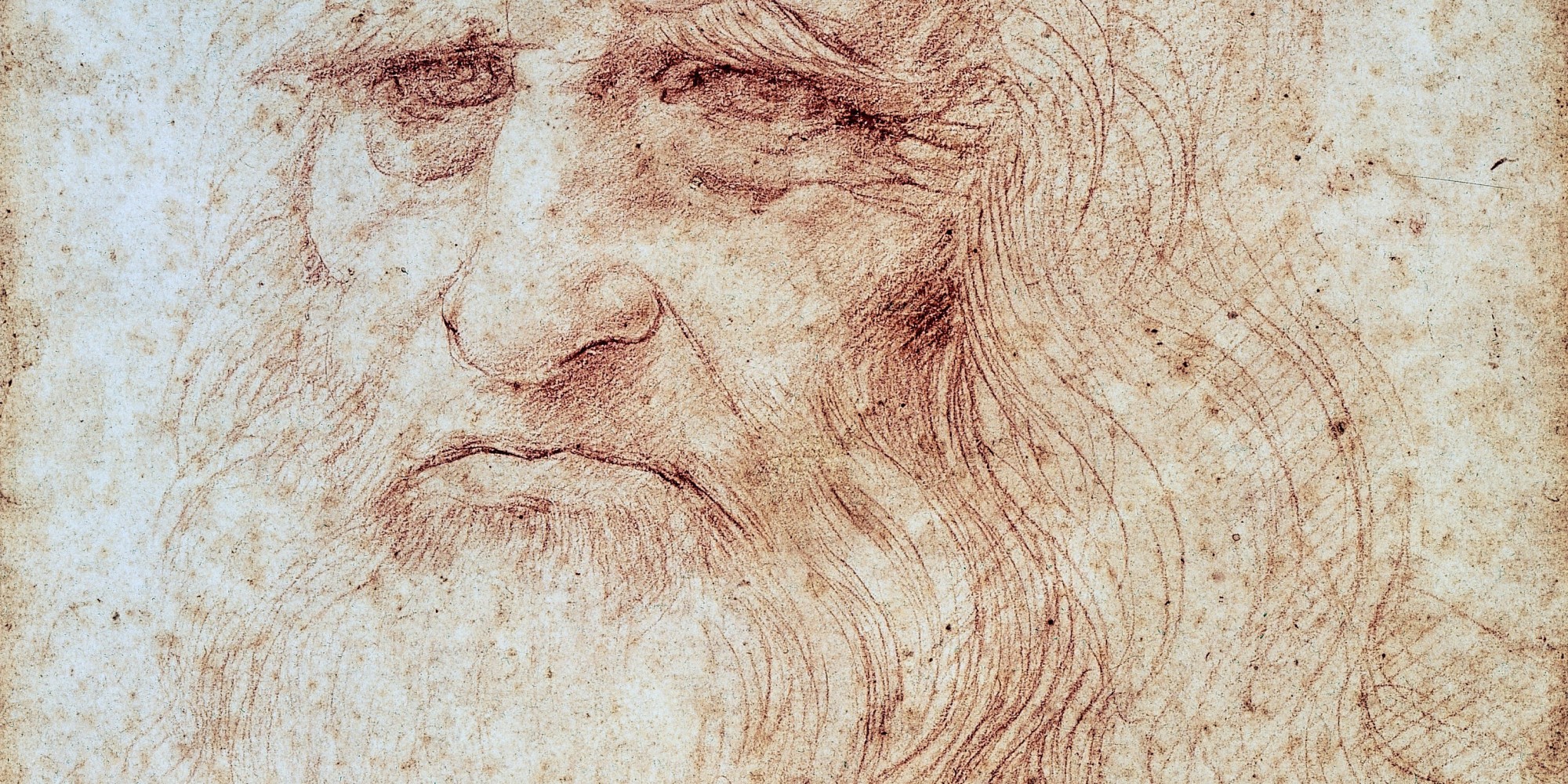500 years ago, Leonardo da Vinci, one of the most extraordinary artists in the history of the world, died.
What is interesting, though, is that Leonardo didn't die in his country, Italy, but in France. He went there in 1516, when he was 64, to live in a fine manor house at Clos-Luce near Amboise. He was unwell and his hand too crippled to paint, but he and his admiring new patron, Francis I, the youthful king of France, became close friends who discussed everything from philosophy to art, architecture, and engineering. Writing in 1550, Giorgio Vasari, in his Lives of the Most Eminent Painters, Sculptors and Architects, recorded that Leonardo actually died in the king's arms, with the king "supporting his head to give him such assistance and do him such favour as he could, in the hope of alleviating his sufferings."
Leonardo in his journey to France took the Mona Lisa with him, which is why the famous painting can be seen in the Louvre now. But today, we present another superfamous painting of the great master, The Lady with the Ermine (thanks to the National Museum in Krakow <3).
The portrait's subject is Cecilia Gallerani, painted at a time when she was the mistress of Ludovico Sforza, Duke of Milan, and Leonardo was in the Duke's service. It is one of only four portraits of women painted by Leonardo, the others being the Mona Lisa, the Portrait of Ginevra de' Benci, and La belle ferronnière.
Cecilia was a member of a large family that was neither wealthy nor noble. Her father served for a time at the Duke's court. When her portrait was painted, she was about 16 years old and was renowned for her beauty, scholarship, and poetry. She was married at approximately age six to a young nobleman of the house of Visconti, but she sued to annul the marriage in 1487 for undisclosed reasons and the request was granted. She became the Duke's mistress and bore him a son, even after his marriage to Beatrice d'Este 11 years previously. Beatrice was promised to the Duke when she was only 5, and married him when she was 16 in 1491. After a few months, she discovered the Duke was still seeing Gallerani, and forced the Duke to end the relationship by having her married to a local count named Bergamino.
P.S. The biography of the Renaissance genius still offers mysteries, one of them being the fact that four out of five surviving portraits show feminine figures. Read more about it here.


 Leonardo da Vinci
Leonardo da Vinci